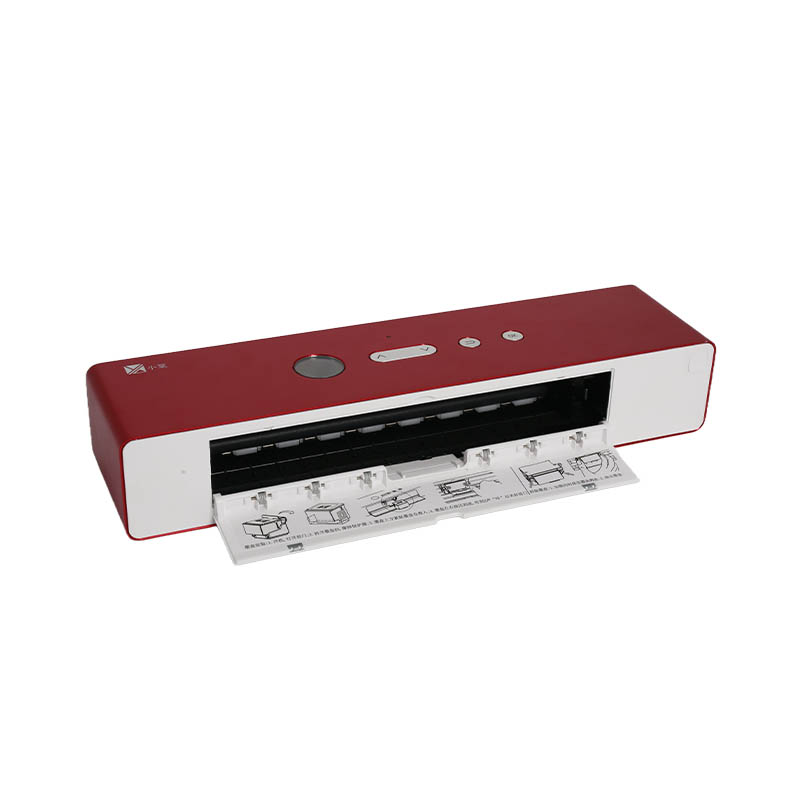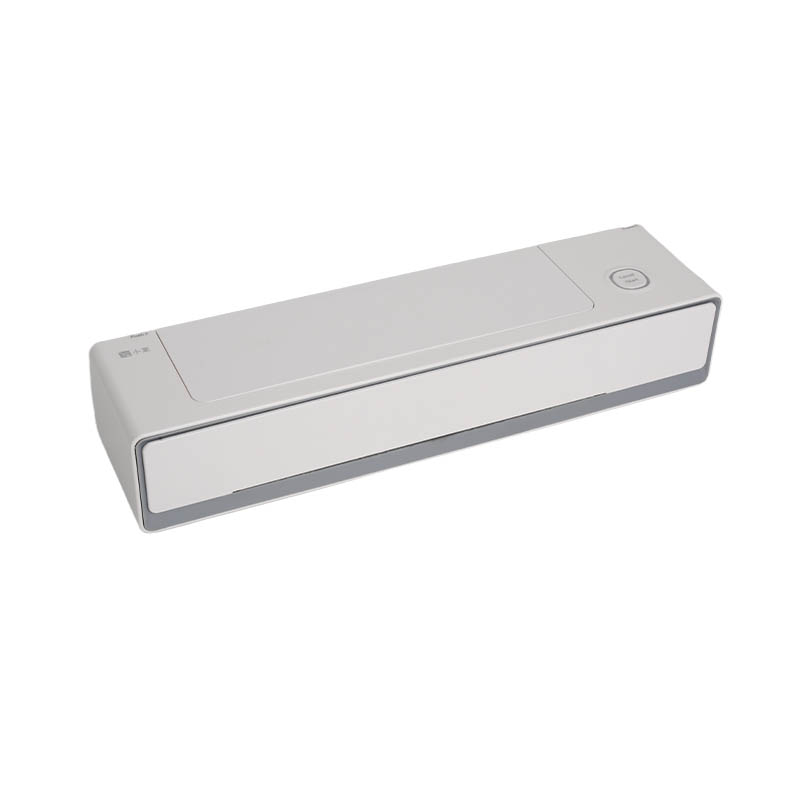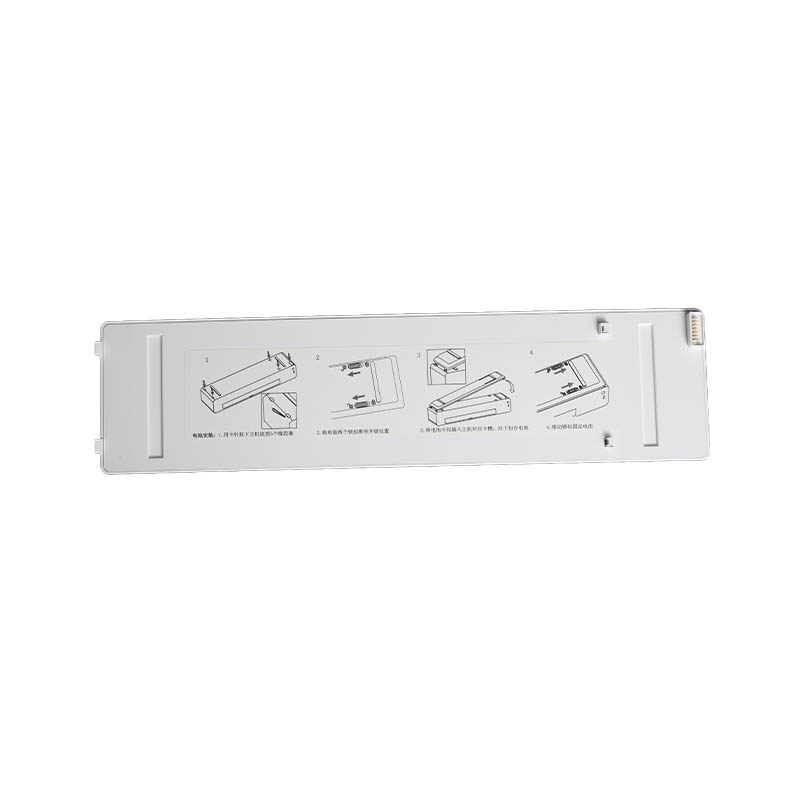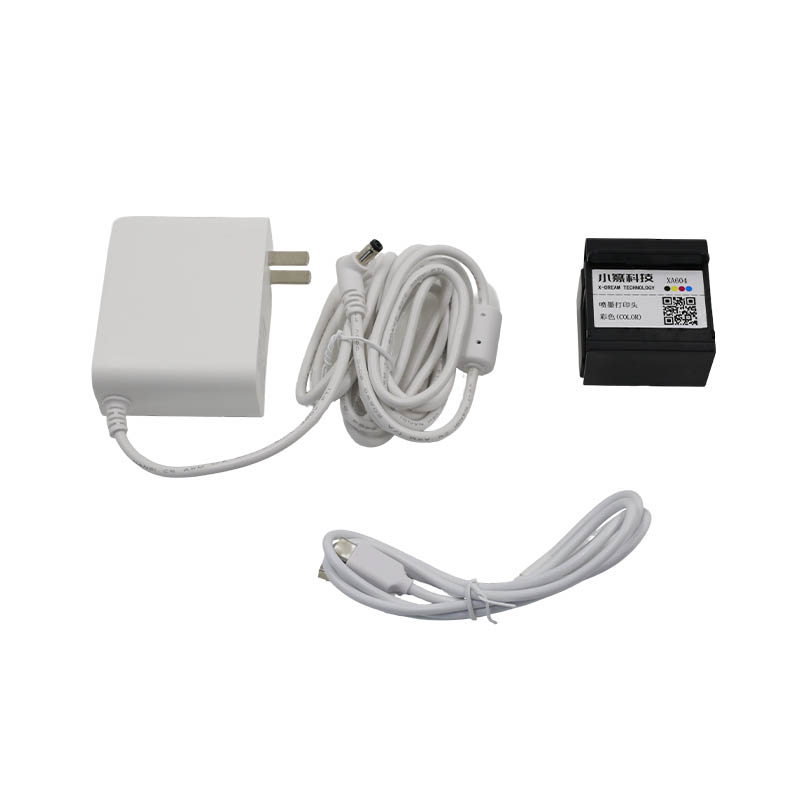How do printer cartridges improve print quality and detail?
Release Time : 2025-10-02
In modern office and home printing scenarios, users' demands for print quality are increasingly stringent. This is especially true when processing highly detailed documents such as photos, diagrams, and design drafts. Image detail directly determines the professionalism and visual appeal of the output. As the core of the printing process, printer cartridges are not only carriers of ink or toner but also a key factor in determining print precision and image quality.
1. Micron-Level Nozzle Technology: Precise Control of Ink Droplet Form
In inkjet printers, the core component of printer cartridges is the tiny nozzles integrated into the printhead, typically measuring tens of microns in diameter. High-quality printer cartridges utilize high-precision piezoelectric or thermal inkjet technology to precisely control the size and direction of each ejected droplet. Advanced printer cartridges support "variable droplet technology," which automatically adjusts droplet size based on image content—using tiny droplets for smooth gradients and larger droplets for dark or solid areas. This intelligent adjustment effectively reduces graininess, enhances image continuity and detail, and makes photo prints more realistic and natural. Furthermore, a higher nozzle density results in higher print resolution.
2. Optimized Ink Formula: Improving Color Reproduction and Paper Compatibility
The ink formula within printer cartridges has a profound impact on image quality. High-quality inks utilize high-purity dyes or pigments, resulting in high color saturation and a wider color gamut, reproducing more authentic colors found in nature. Furthermore, the ink's fluidity, drying speed, and anti-bleeding properties are carefully formulated to ensure fast adhesion and even spreading on various papers, preventing "rough edges" or smearing caused by ink spread, maintaining sharp text and clear images. Waterproof and fade-resistant inks also maintain color stability over long-term storage, making them ideal for important documents and fine art prints. Some high-end printer cartridges even feature multi-color ink systems, adding transition colors like light cyan and light magenta to significantly reduce color discontinuity and achieve smoother, more detailed gradients.
3. Refined Toner Particles: Ensuring Clear Laser Printing
In laser printers, the size and uniformity of the toner particles within the toner cartridge directly determine output quality. Traditional toner particles are approximately 10-15 microns in diameter, while modern high-quality toners are finely ground to micron or even submicron levels, resulting in smaller and more uniform particles. This ultra-fine toner adheres more precisely to the photoreceptor drum during electrostatic attraction, resulting in finer image edges and richer grayscale gradations when transferred to paper. Furthermore, chemical toner production technology produces a spherical shape, which improves flowability and allows for more uniform fusing during fusing. This not only improves print clarity but also reduces background and background contamination, resulting in purer white backgrounds and sharper text edges.
4. Intelligent Chip and Ink Supply System: Ensuring Stable Output
Printer cartridges are commonly equipped with intelligent chips that monitor ink/toner levels, identify printer models, and optimize printing parameters. Working in conjunction with the printer, the chip automatically adjusts ink droplet ejection frequency, fusing temperature, and transfer voltage to ensure consistent output quality from page to page. A stable ink supply system prevents line breaks or streaks caused by poor ink flow, ensuring image integrity.
5. Collaborative Optimization with Print Media
Printer cartridges are often optimized for specific paper types. For example, printer cartridges specifically designed for photo paper, when used with coated paper, produce high-gloss, high-contrast photo output. Meanwhile, printer cartridges optimized for plain paper ensure crisp readability of everyday documents through their fast-drying and anti-curl formulas. This collaborative design of printer cartridges and paper maximizes the overall performance of the printing system.
Although printer cartridges are consumables, they play an irreplaceable role in enhancing print quality and detail. From the physical precision of micron-level nozzles and ultra-fine toner to system optimization of ink formulations and intelligent control, every technological advancement is driving printing results to new heights.
1. Micron-Level Nozzle Technology: Precise Control of Ink Droplet Form
In inkjet printers, the core component of printer cartridges is the tiny nozzles integrated into the printhead, typically measuring tens of microns in diameter. High-quality printer cartridges utilize high-precision piezoelectric or thermal inkjet technology to precisely control the size and direction of each ejected droplet. Advanced printer cartridges support "variable droplet technology," which automatically adjusts droplet size based on image content—using tiny droplets for smooth gradients and larger droplets for dark or solid areas. This intelligent adjustment effectively reduces graininess, enhances image continuity and detail, and makes photo prints more realistic and natural. Furthermore, a higher nozzle density results in higher print resolution.
2. Optimized Ink Formula: Improving Color Reproduction and Paper Compatibility
The ink formula within printer cartridges has a profound impact on image quality. High-quality inks utilize high-purity dyes or pigments, resulting in high color saturation and a wider color gamut, reproducing more authentic colors found in nature. Furthermore, the ink's fluidity, drying speed, and anti-bleeding properties are carefully formulated to ensure fast adhesion and even spreading on various papers, preventing "rough edges" or smearing caused by ink spread, maintaining sharp text and clear images. Waterproof and fade-resistant inks also maintain color stability over long-term storage, making them ideal for important documents and fine art prints. Some high-end printer cartridges even feature multi-color ink systems, adding transition colors like light cyan and light magenta to significantly reduce color discontinuity and achieve smoother, more detailed gradients.
3. Refined Toner Particles: Ensuring Clear Laser Printing
In laser printers, the size and uniformity of the toner particles within the toner cartridge directly determine output quality. Traditional toner particles are approximately 10-15 microns in diameter, while modern high-quality toners are finely ground to micron or even submicron levels, resulting in smaller and more uniform particles. This ultra-fine toner adheres more precisely to the photoreceptor drum during electrostatic attraction, resulting in finer image edges and richer grayscale gradations when transferred to paper. Furthermore, chemical toner production technology produces a spherical shape, which improves flowability and allows for more uniform fusing during fusing. This not only improves print clarity but also reduces background and background contamination, resulting in purer white backgrounds and sharper text edges.
4. Intelligent Chip and Ink Supply System: Ensuring Stable Output
Printer cartridges are commonly equipped with intelligent chips that monitor ink/toner levels, identify printer models, and optimize printing parameters. Working in conjunction with the printer, the chip automatically adjusts ink droplet ejection frequency, fusing temperature, and transfer voltage to ensure consistent output quality from page to page. A stable ink supply system prevents line breaks or streaks caused by poor ink flow, ensuring image integrity.
5. Collaborative Optimization with Print Media
Printer cartridges are often optimized for specific paper types. For example, printer cartridges specifically designed for photo paper, when used with coated paper, produce high-gloss, high-contrast photo output. Meanwhile, printer cartridges optimized for plain paper ensure crisp readability of everyday documents through their fast-drying and anti-curl formulas. This collaborative design of printer cartridges and paper maximizes the overall performance of the printing system.
Although printer cartridges are consumables, they play an irreplaceable role in enhancing print quality and detail. From the physical precision of micron-level nozzles and ultra-fine toner to system optimization of ink formulations and intelligent control, every technological advancement is driving printing results to new heights.







